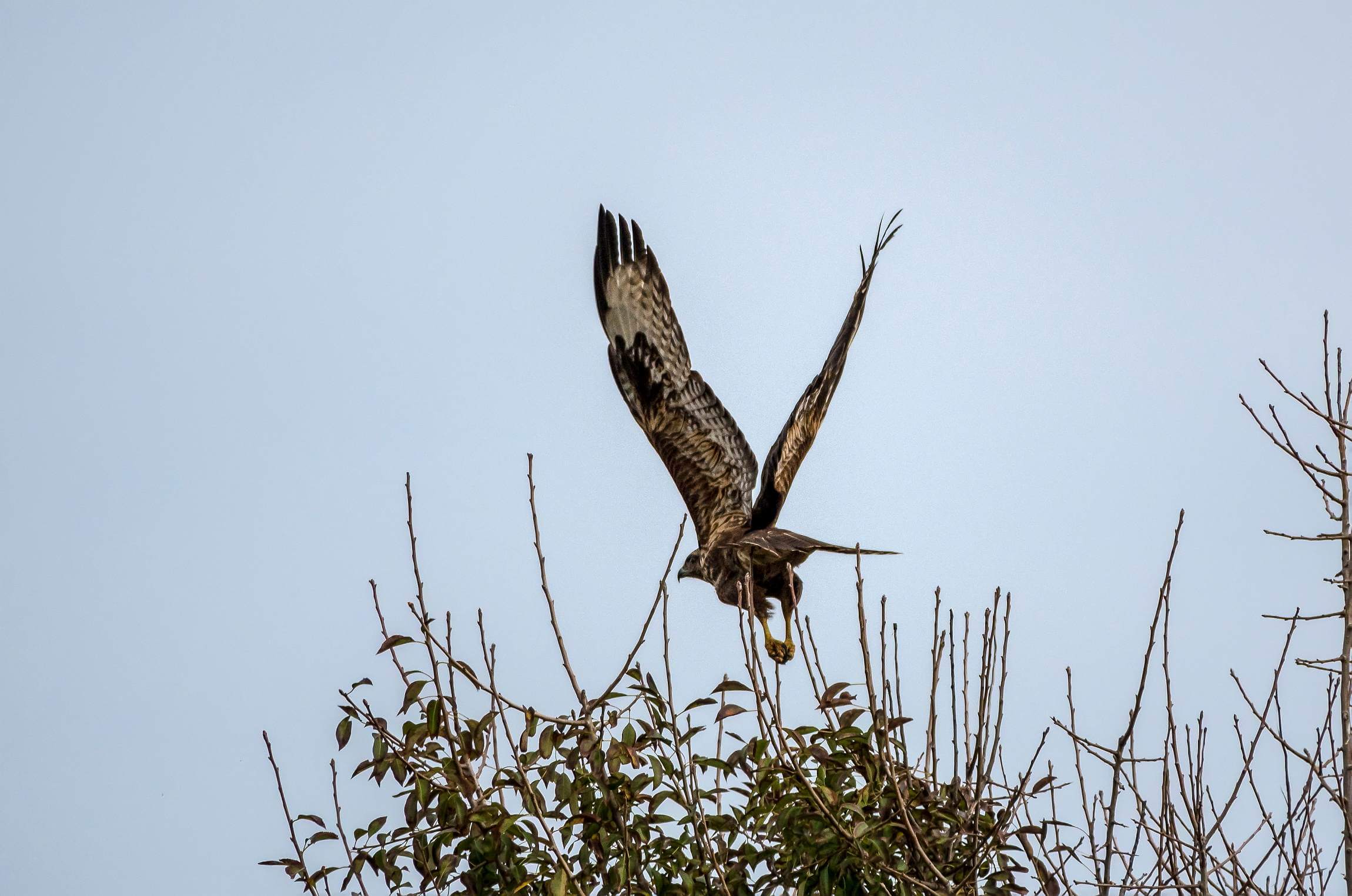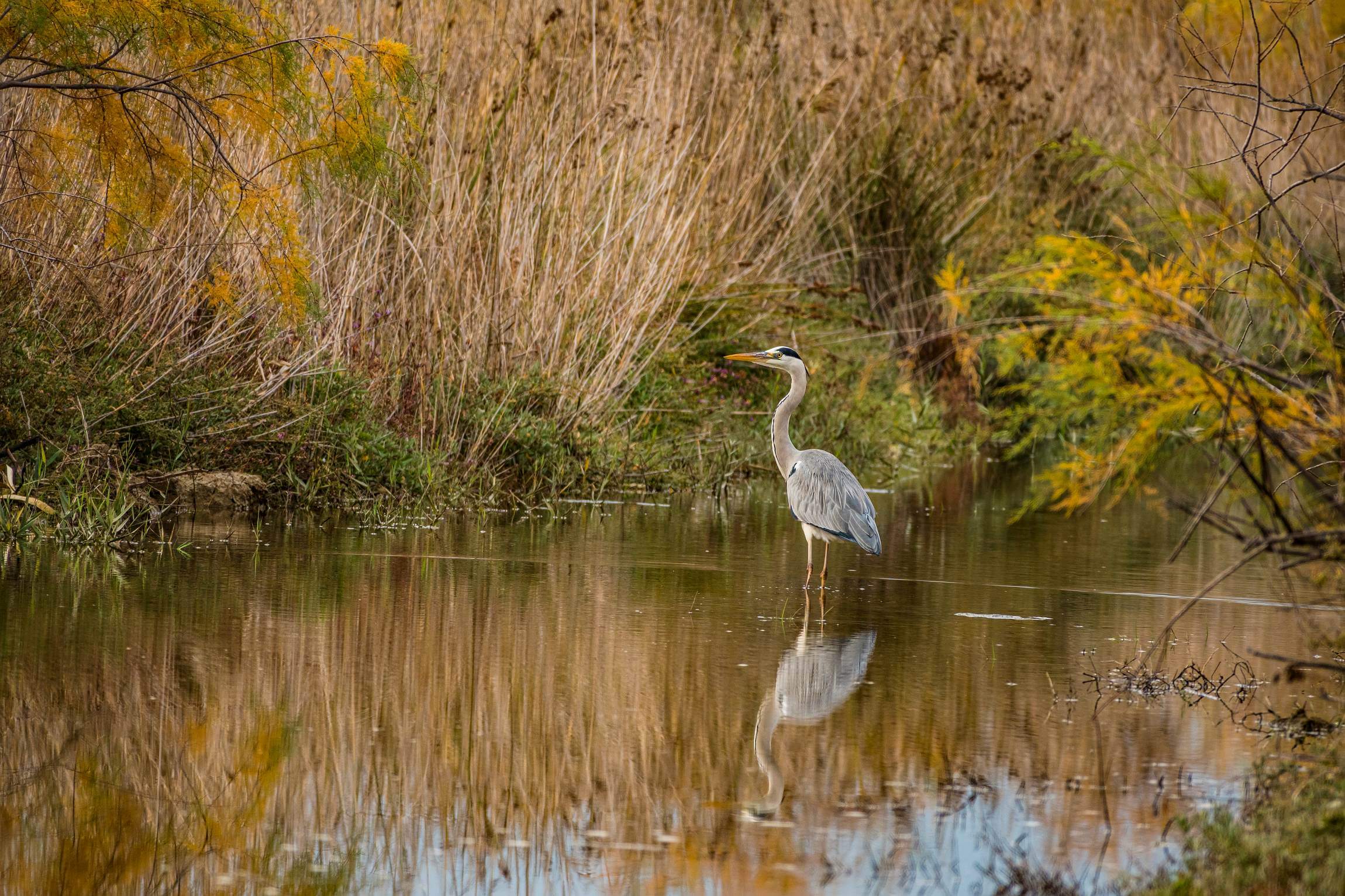DAILY ESCAPES
Home » THINGS TO DO » DAILY ESCAPES » Tempi – Pinios – Stomio
75 km from Elassona
45 km from Litochoro
Car Route
Spring - Summer
Departing from Litochoro and heading to the shores of Thessaly just 46km away, you will be awestruck by the region’s wondrous nature. Stomio, which is the first in line, is a place of stunning beauty where trees seem to caress the sea. Combining the mountainous (Kissavos) with the aquatic element, it is a great summer spot and very popular among families who are looking for a safe sandy beach with shallow waters ideal for kids. Stomio is also a famous fishing ground, a great opportunity to try some delicious fish and seafood. Located close to Stomio, the Byzantine Monastery of Agios Dimitrios, which was founded before 1492, is surrounded by lush nature, while the new monastery built near by is famous for its miraculous icon of Virgin Mary (Panagia Odigitria).
Apart from Stomio, Thessaly’s coastline has several other villages that are known for their cool summer temperatures, relaxed atmosphere, organized beaches and secluded little bays, covered with pebbles or sand, like Kokkino Nero, Koutsoupia, Paliouria, Velika, Kato Sotiritsa and Agiokampos. Kokkino Nero is a special case with its thermal spring pouring red water. The spring’s water can be consumed and has healing properties. The mountain and the sea, the plane trees and the crystal-clear waters all coexist here in harmony, creating the perfect conditions for swimming or playing by the water.
Adventure-lovers, as well as those who simply enjoy nature, must take a day-trip to the Delta of Pinios River, that is the point near Stomio where the river flows out into the Aegean. The wetland created by the Delta of Pinios, beyond the significance it holds for the preservation of biodiversity, is an area of stunning beauty and home to 226 bird species, forests, olive groves and pasture land. Simultaneously, it offers a great variety of activities such as birdwatching, canoe and kayak, monoraft, rafting and archery. All these activities may also be combined with rappel, climbing, walking and mountain biking in nearby Kissavos.
Continuing to Tempi, you come across the amazing Valley of Tempi, located between Olympus and Kissavos. The canyon, the density of nature and the flowing waters of Pinios River create an imagery of unparalleled beauty that rejuvenates both body and soul. Thousands of pilgrims visit every year the Church of Agia Paraskevi and drink the holy water that wades from the rock. Having come so far, it’s a pity not to visit Ampelakia, one of Greece’s most historic villages. During the late 18th and early 19th century, Ampelakia flourished through the development of the textile industry and the art of thread-dyeing. It was, also, in Ampelakia that the first agricultural cooperative was established by the end of the 18th century. Among its beautiful manor houses, the mansion of George Mavros (Schwartz), which is open for the public, stands out for its elaborate murals and carved wooden ceilings.
The Schwartz mansion was the home of the leader of that pioneering organisation for its time, where the offices, accounting department and safe of the first capital-labour cooperative in the world were located. According to surviving inscriptions, the foundations for the mansion were laid in May 1787 and it was built in 1803. It was constructed by Macedonian craftsmen and is the best-preserved mansion in the village. It is now used as a museum. It has three floors and its ground plan is Γ-shaped. Inside the building, the influence from central European trends in decorating is apparent. Painted walls, colours, representations, ornate fireplaces and hidden closets.
In order to reach the castle, you go through the peripheral road of Ampelakia and then you drive a distance of another 3.5 km. For the remaining distance (2.5 km) you need to walk or use a 4×4. Because there are no signs at all, it is advisable to ask the natives in order not to be lost in the region’s rural roads. However, the view from the castle to Tempi and the Aegean Sea is very rewarding.
At a distance of 6 kilometers from the Profitis Ilias forest, just above Tempi, there are the ruins of the castle of Oria, one of the four fortresses that protected the pass of Tempi. Today there are the ruins of the wall and the tower with two floors, which had two surrounding walls at different levels that consisted the castle’s defense system. The castle is connected to many myths and traditions and is the subject of many folk songs.
The wetland complex of the Pinios river estuary (the Pinios Delta) is located in the eastern part of Thessaly, 1km north-west of Stomio village. It covers an area of 2600 hectares, and belongs to the state. Its flora includes over 600 types of plants. In some sections of the wetland’s perimeter there are crops and thickets of evergreen broad-leaved plants.
The Pinios Delta has riverine and coastal forests, sandy scrub and dunes. Breeding species include the little bittern, the night heron, the black stork, the white stork, the honey buzzard, the Egyptian vulture, the griffon vulture, the short-toed eagle, the lesser spotted eagle, the golden eagle, the booted eagle, the lanner, the peregrine, the rock partridge, the stone curlew, the eagle owl, the kingfisher and the semi-collared flycatcher. Other species that occur in the area are the lammergeir, the black vulture, the osprey and Eleonora’s falcon.
The Delta, apart from irrigating large expanses of cultivated land and offering visitors a rich variation in settings, is also a refuge for rare species of birds which is why it has been included in the European Network Natura 2000.

